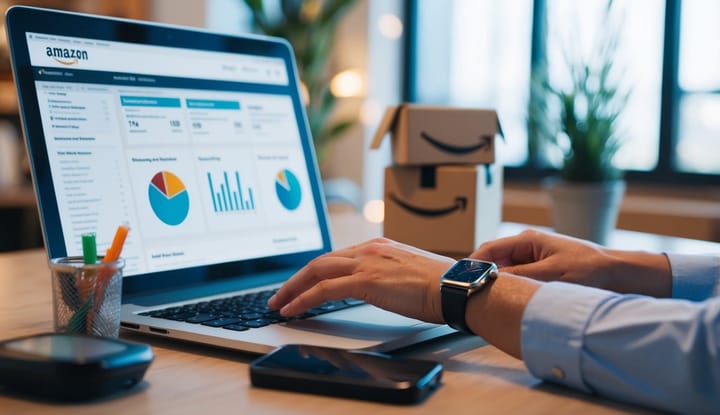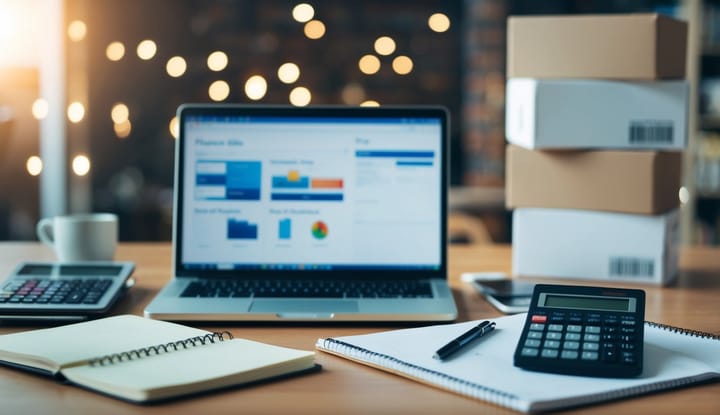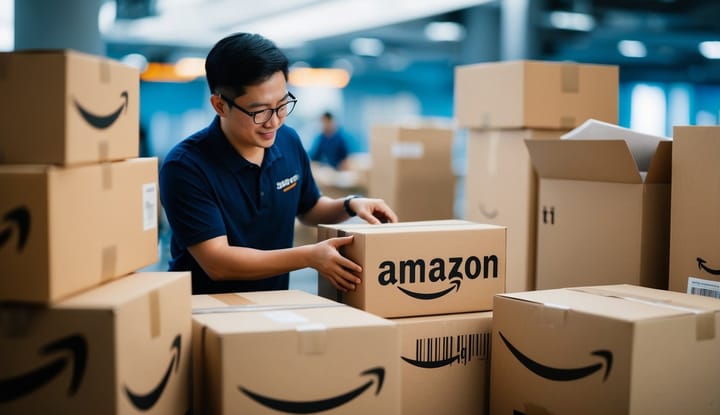Success Rate of Amazon FBA: Key Metrics and Insights
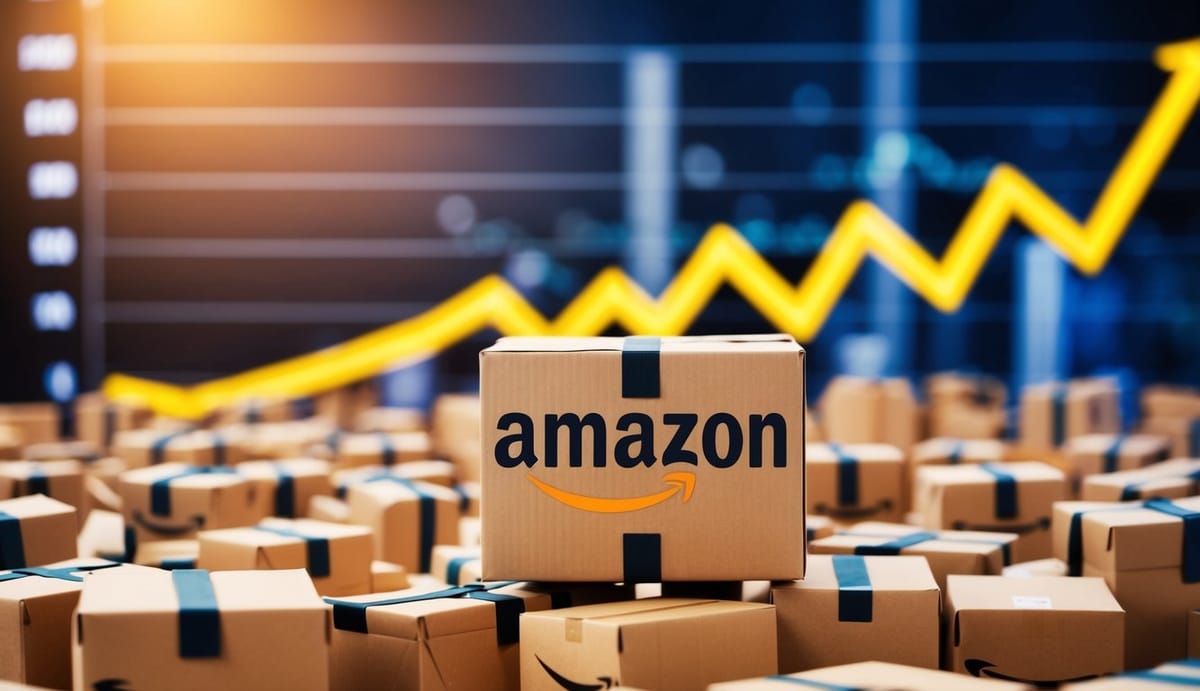
For those venturing into the world of Amazon FBA, understanding the success rate is crucial. Many sellers find that the potential to profit is attractive, yet the path to success can vary greatly. Approximately 46% of Amazon sellers achieve an average FBA success rate of 11-25%, indicating that while there are opportunities for profit, consistent success requires strategy and adaptability.

In an ever-changing e-commerce landscape, sellers must navigate numerous challenges including competition and market saturation. Choosing the right products, effective pricing, and strong marketing techniques can significantly impact a seller's success. An understanding of these elements is vital as they often determine whether a seller can turn a profit within the demanding timelines of online marketplaces.
Those joining Amazon FBA should also consider the broader picture of e-commerce growth. With markets continually developing, there are fresh opportunities for expansion and profitability. Remaining informed and adaptable will equip sellers with the tools needed to thrive amidst competition and changing consumer habits.
Key Takeaways
- Success rates vary widely among Amazon FBA sellers.
- Strategy and adaptability are essential for online marketplace success.
- Continuous learning and adaptation are key to navigating e-commerce challenges.
Understanding Amazon FBA
Amazon FBA is a popular service that allows sellers to leverage Amazon’s logistics network. This system enables efficient storage, packaging, and shipping, offering significant benefits for businesses aiming to improve their online presence.
Basics of Fulfillment by Amazon (FBA)
Fulfillment by Amazon (FBA) is a service where sellers store their products in Amazon's fulfillment centers. When an order is placed, Amazon handles the picking, packing, and shipping. This process simplifies logistics for sellers.
Key Features:
- Storage: Products are housed in Amazon's vast warehouse network.
- Shipping: Amazon ships directly to customers and provides tracking.
- Customer Service: Amazon handles customer inquiries, returns, and refunds.
Sellers must create an Amazon seller account to use FBA. They can use Amazon’s customer base to reach more Prime members, who are frequent shoppers on the platform.
Benefits for Amazon Sellers
Sellers using FBA gain access to Amazon's vast customer network. This visibility is particularly advantageous for third-party sellers who want to expand their reach and sales.
Advantages:
- Prime Eligibility: Products become available to Amazon Prime members, increasing potential sales.
- Focus on Growth: Sellers can concentrate on scaling their business while Amazon manages logistics.
- Efficiency: Handling by Amazon ensures timely delivery, enhancing customer satisfaction.
Sellers benefit from Amazon's reputation for quick and reliable shipping. This helps in building customer trust and improving sales performance.
Determining Success Rate
Understanding the success of Amazon FBA sellers involves looking closely at how profitable they are and how well they convert potential buyers into actual customers. These aspects offer a clear view of what success looks like for an Amazon FBA business.
Measuring Profitability
Profitability is a key factor in determining success for Amazon FBA sellers. Most successful sellers achieve profitability within the first 12 months. This is often linked to factors like product selection, pricing strategies, and effective marketing.
Profit Margin is crucial. A higher profit margin indicates more efficient cost management and pricing strategies. Sellers should aim for margins that attract profits after deducting all costs, including fees and shipping.
To track progress, using tools such as spreadsheets or specialized software can help sellers calculate their margins and identify areas for improvement. Consistent monitoring is vital for maintaining profitability over time.
Analyzing Sales Volume and Conversion Rate
Sales volume and conversion rate are important metrics for judging the success of an FBA business. Sales Volume shows how many units are sold over a certain period. Successful sellers often see steady increases in sales as their business grows.
The Conversion Rate measures how well a seller turns page views into purchases. A higher conversion rate suggests effective product listings and customer engagement.
Strategies to improve these metrics include optimizing product descriptions and using high-quality images. Also, sellers benefit fromcompetitive pricing. By focusing on these areas, sellers can boost their sales and ensure a higher conversion rate.
Strategies for Increasing Success

Boosting success on Amazon FBA involves focusing on several key strategies. Sellers should pay attention to optimizing their product listings, manage their inventory effectively, and using influencer marketing for better results.
Optimizing Product Listings
Optimizing product listings begins with thorough product research and keyword research. Sellers need to identify keywords that are both relevant and popular with their target audience. These keywords should be woven naturally into product titles, descriptions, and bullet points.
A well-optimized listing improves visibility by ensuring the products appear in relevant searches. High-quality images and detailed product descriptions enhance customer experience, increasing conversion rates.
Customer reviews also play a critical role. Positive reviews build trust and improve ranking, while addressing negative feedback enhances reputations.
Effective Inventory Management
Effective inventory management is crucial for FBA success, as it prevents stockouts and overstocking. Sellers should analyze sales data regularly to predict demand accurately.
Tools like Amazon's inventory dashboards help track stock levels and sales trends. By maintaining optimal inventory levels, sellers can minimize storage fees and avoid losing potential sales due to stockouts.
Implementing a reorder strategy ensures products are restocked timely, based on sales forecasts.
Monitoring inventory performance, including turnover rates and excess stock, enables sellers to make informed decisions about their product offerings.
Leveraging Influencer Marketing
Influencer marketing is an effective way to boost product visibility and drive sales. Partnering with influencers who align with your niche can introduce your products to their engaged audiences.
Start by identifying influencers with a following that matches your target demographic. Collaborate with them to create authentic content, such as unboxing videos, reviews, or tutorials, showcasing your product's value.
Navigating Challenges and Competition
Reaching success with Amazon FBA involves facing intense competition and managing additional costs. Sellers must focus on strategic planning and providing quality service to thrive.
Competitive Analysis and Niche Selection
To succeed on Amazon, sellers need to analyze competitors and identify niche products. Competitive analysis involves studying successful sellers in the market. They examine pricing, customer reviews, and product variety.
Niche selection is crucial. Focusing on less saturated markets can help. Sellers should choose products that have demand but are not overwhelmed by large providers. Tools like Jungle Scout can assist in finding profitable niches.
By adopting these strategies, new sellers can effectively compete in crowded markets and improve their chances of success.
Handling FBA Fees and Shipping Costs
FBA fees can be a significant expense for sellers. These fees cover storage, packing, and shipping, and can impact profitability.
To minimize costs, sellers should optimize their inventory management. Keeping inventory levels balanced helps avoid long-term storage fees. Analyzing sales trends can inform restocking schedules.
For shipping costs, sellers should consider using Amazon's placement services to consolidate shipments. While this incurs a fee, it can reduce overall shipping expenses. Exploring third-party logistics providers for certain items might also be cost-effective.
Managing these costs strategically can help improve the bottom line for Amazon FBA sellers.
Maintaining Customer Service Quality
High-quality customer service is essential in maintaining a positive seller reputation on Amazon. Effective communication with customers builds trust and encourages repeat business.
Responding promptly to customer inquiries is important. Sellers should be proactive in addressing issues related to orders, such as shipping delays or product defects.
Encouraging customer feedback and implementing improvements based on reviews can enhance service quality. Utilizing tools and services like Amazon's Feedback Manager can assist in monitoring customer opinions and improving ratings.
By prioritizing customer satisfaction, sellers can foster loyalty and distinguish themselves in a competitive marketplace.
Growth and Expansion Tactics

Amazon FBA sellers can employ several strategies to grow and expand their businesses. These strategies focus on diversifying their e-commerce models and extending their reach to new customers.
Expanding Customer Base and Reach
To grow their customer base, sellers should invest in effective branding and marketing. Social media provides an excellent platform for reaching potential customers. It will target specific demographics can drive traffic to their Amazon listings.
Engaging content is important. Providing valuable information about products helps build trust. Sellers should also consider expanding into international markets. Selling across borders increases the potential audience size.
Additionally, partnerships with influencers can amplify reach. Influencers can introduce products to their followers, making them more visible. Constantly analyzing customer data also helps in tailoring strategies to meet their needs.
By focusing on these areas, Amazon FBA sellers can effectively expand their operations and enhance their success in the e-commerce landscape.
Frequently Asked Questions
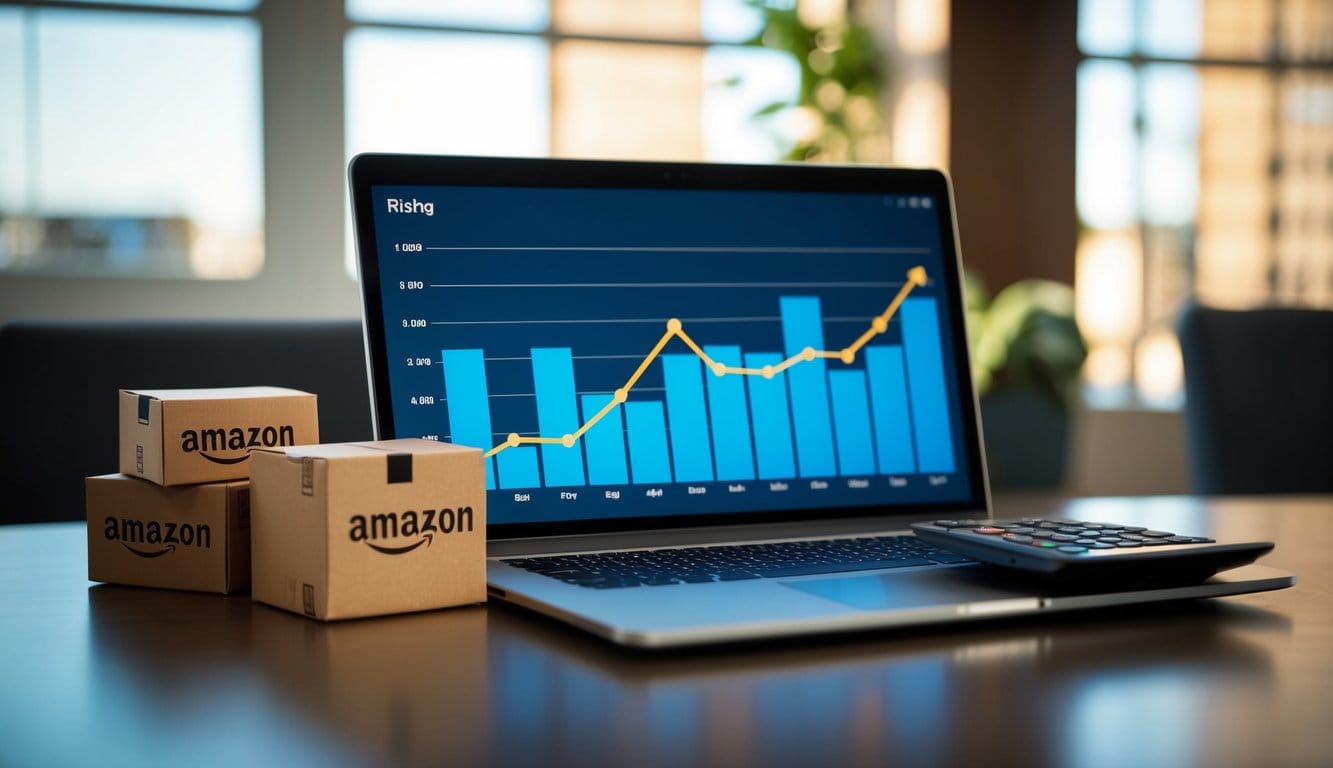
Many people are curious about the Amazon FBA success rate, exploring how new sellers fare, profit outcomes, and common pitfalls. This section covers essential insights about the evolving market and effective strategies for success.
Q: How does Amazon FBA work for new sellers?
Amazon FBA handles logistics and customer service for sellers. New sellers need to select a product, list it on Amazon, and send inventory to Amazon's warehouses. Once a product sells, Amazon manages packing and shipping.
Q: What percentage of Amazon sellers see profitable outcomes?
Reports suggest that between 46% to 64% of Amazon sellers become profitable within the first year of using FBA. Success and profitability vary widely based on different business practices and decisions.
Q: What are the most common reasons for failure among Amazon FBA sellers?
Failure can result from poor product selection, bad pricing strategies, inadequate marketing, and weak customer service. Managing inventory inefficiencies and high competition also pose challenges for many sellers.
Q: How do success stories from Amazon FBA sellers compare to the average?
A small percentage of sellers achieve significant financial success, with some earning substantial incomes. Many sellers earn modest profits, highlighting the variance in outcomes across the platform.
Q: In what ways has the Amazon FBA market changed in recent years?
The market has become more competitive, with many sellers entering the space. Amazon's policies and fees have evolved, impacting operating costs and logistics. This dynamic environment requires sellers to adapt continuously.
Q: What strategies are key to becoming a successful Amazon FBA seller?
Key strategies include thorough product research, effective pricing, and strong customer support. Leveraging Amazon's marketing tools and maintaining efficient inventory management can improve chances of success. Building a brand and customer loyalty are also crucial strategies.
Q: What’s the overall Amazon FBA success rate for new sellers?
The Amazon FBA success rate can be pretty variable, but many new sellers make it in the first year. It often comes down to how well you research your products and manage costs like amazon fees and marketing.
Q: How can I improve my chances to sell on Amazon successfully?
To boost your odds in the amazon marketplace, focus on finding profitable niches, understanding your profit margin, and optimizing your listings. Good marketing and customer service can also help you become profitable faster!
Q: What kind of profit margin should I aim for in my Amazon FBA business?
Ideally, you want a profit margin of at least 20-30%. However, it’s crucial to account for amazon charges, shipping, and marketing costs when calculating this.
Q: Do most sellers make money in their first year of selling on Amazon FBA?
Many sellers make some profit in their first year, but it really depends on how well you understand the amazon fba success model and how much effort you put into your business.
Q: What are the key metrics I should track to measure my Amazon FBA success?
Keep an eye on your sales velocity, conversion rates, and profit margins. Monitoring your marketing performance can also give you insights into how well your ads are working.
Q: How does amazon take fees, and how do they affect my profit margin?
Amazon takes various fees, including referral fees and fulfillment fees. These can eat into your profit margin, so it’s essential to factor them in when pricing your products.
Q: What mistakes should I avoid when selling on Amazon FBA?
Common pitfalls include underestimating amazon fees, neglecting to do proper product research, and not optimizing your listings for keywords. Avoiding these can significantly improve your chances of success!
Q: How long does it take to become profitable when starting an Amazon FBA business?
It varies, but with the right strategy, many sellers start turning a profit within six months to a year. Consistency and smart marketing are key!
Q: Can I still succeed selling on Amazon FBA if I have a small budget?
Yes! While a larger budget can help, you can still succeed with a smaller budget by choosing low-cost products and using effective marketing strategies to grow your business slowly over time.
Ready to Take the Next Step with Amazon FBA?
Join our mini-course at WAH Academy and get guidance on tracking key metrics, choosing winning products, and building an FBA business that works—without the overwhelm.
No fluff. No guesswork. Just expert tools and support to help you grow with confidence.
Tap the button and start building your smarter Amazon FBA business today.

